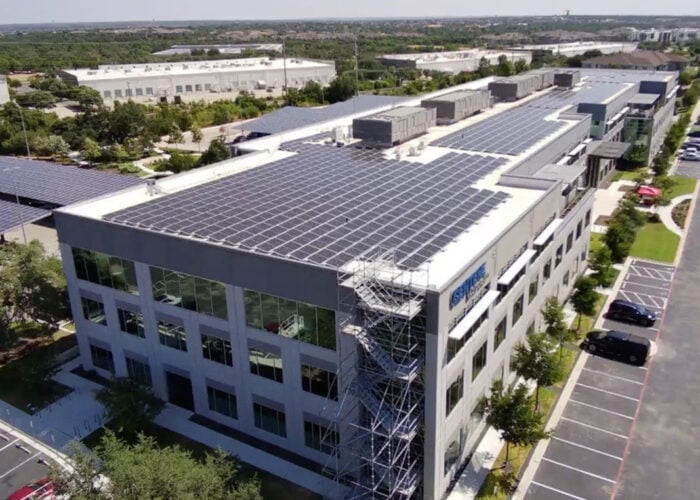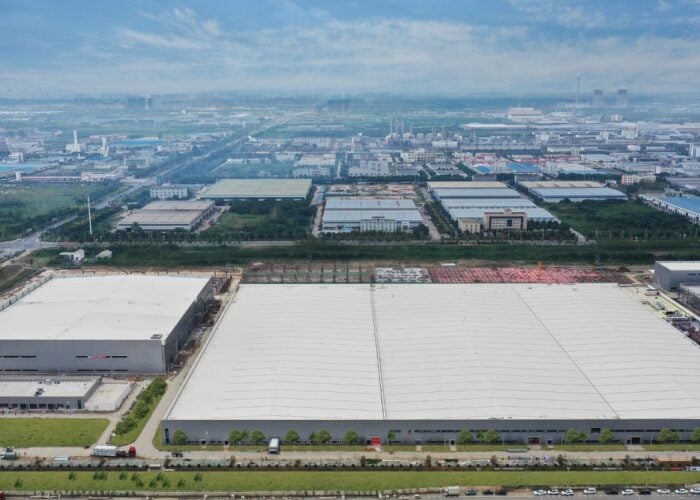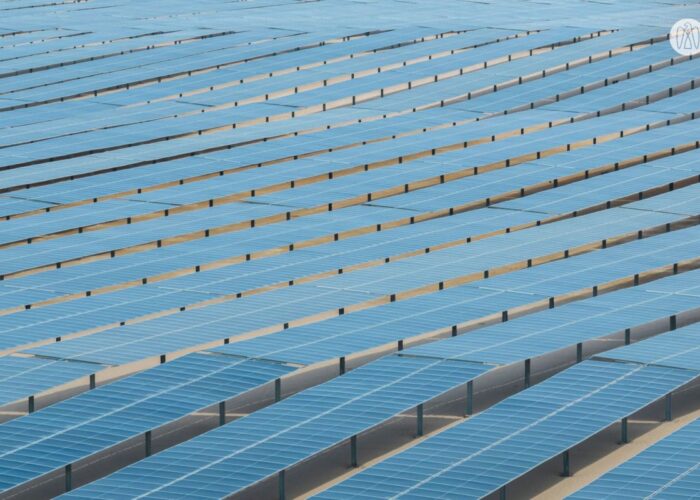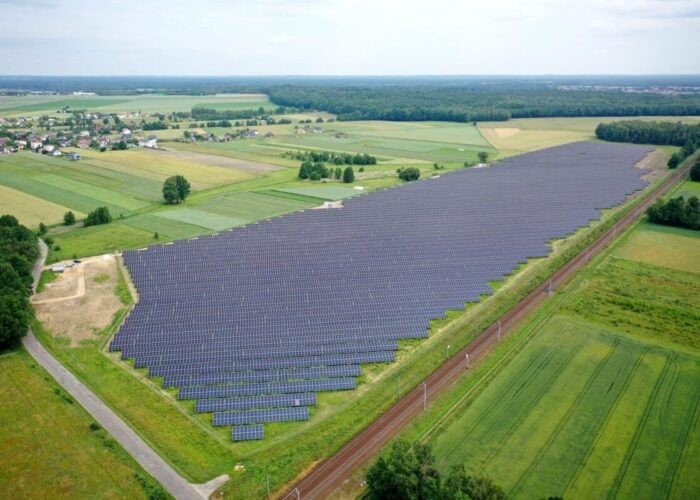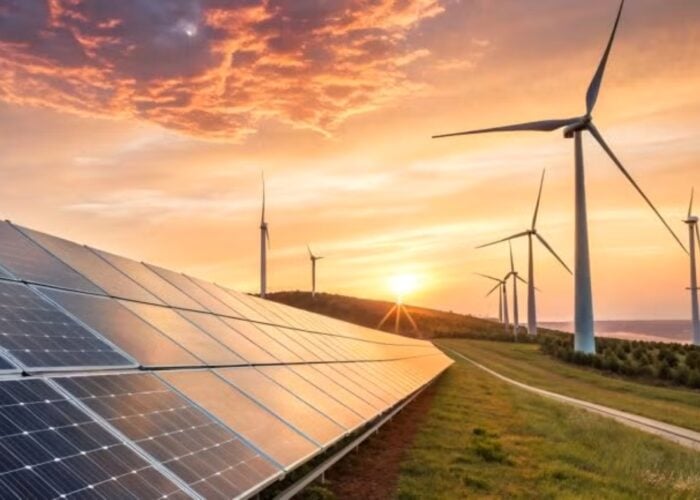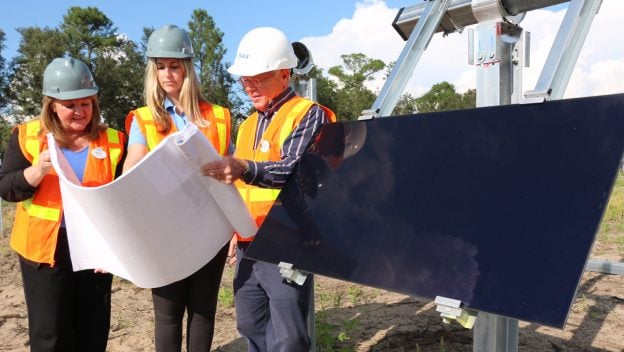
ROTH Capital on US residential prospects
The backdrop for the US residential market has rapidly soured after California-headquartered SunPower Corp warned of lower expected business and subsequent hit to its balance sheet projections for 2020.
This was quickly followed by Sungevity suddenly ditching 387 employees, the majority in California and SunWorks reducing full-time employees by 59, representing a 30% reduction since the beginning of the year. The company predominantly operates in California and has been a SunPower partner in the past.
Try Premium for just $1
- Full premium access for the first month at only $1
- Converts to an annual rate after 30 days unless cancelled
- Cancel anytime during the trial period
Premium Benefits
- Expert industry analysis and interviews
- Digital access to PV Tech Power journal
- Exclusive event discounts
Or get the full Premium subscription right away
Or continue reading this article for free
ROTH Capital updated investors in a research note after hosting a conference call with Yann Brandt, CEO of Quick Mount PV, Dan Javan, CEO of Suntuity, Matt Potere, CEO of Sunlight Financial, and Chuck Norris, Strategic Account Manager for Gexpro.
However, ROTH Capital analyst Philip Shen unsurprisingly noted that he was surprised the call “was much more bullish than we were expecting, and we came away incrementally more positive on the outlook for the U.S. residential solar industry.
“Installations have, so far, been modestly impacted, while installers are having some success in shifting bookings online. If the COVID-19 disruption is mostly contained within ~2-3 months, our call guests believe 2020 volumes could still be healthy with a weak Q2 and improving H2'20.”
Shen noted that a “silver lining” might emerge in the form of lower residential customer acquisition and overall lower installations costs with a benefit to surviving installs of less competition. These factors “will help the industry return to its prior growth trajectory faster-than-expected,” noted Shen.
However, second quarter installs look increasingly likely to decrease, hitting market projections for the year as order backlogs become the priority but have a limited benefit as depleted.
Prior to the COVID-19 pandemic, ROTH Capital was forecasting a bullish 25%-plus year-on-year growth for the US residential market, compared to a consensus growth rate of around 15%.
However, ROTH Capital noted that Quick Mount PV’s Yann Brandt believes 2020 growth could still be up more that 15% from the year prior, should installs be down as much as 50% but only for a period around eight working weeks. Brandt anticipates that if installations are down 50% for a longer 24 working week period, full-year installs could still only be down around 5% overall.
WoodMac on US utility-scale prospects
According to Wood Mackenzie, as much as 2GW (dc) of utility-scale PV projects could suffer various delays in 2020, due to COVID-19.
In a best-case scenario, the market could see up to four weeks of supply delays affecting a few hundred MWs of modules and inverters.
Ravi Manghani said: “The worst-case scenario, which sees every step of the supply chain and project development come to a complete halt for several weeks, could see upwards of 5GW [dc] of US utility-scale market pushed back to the second half of this year and perhaps into 2021.”
As for all PV markets, Wood Mackenzie cited the risks facing the US utility-scale market, which included the possibility of production shutdowns in the US and South-east Asia, while affecting supply chain logistics and therefore component shortages and site project shutdowns due to “shelter in place” orders or onsite COVID-19 infections.
PV Tech has set up a dedicated tracker to map out how the COVID-19 pandemic is disrupting solar supply chains worldwide. You can read the latest updates here.
If you have a COVID-19 statement to share or a story on how the pandemic is disrupting a solar business anywhere in the world, do get in touch at [email protected] or [email protected].

